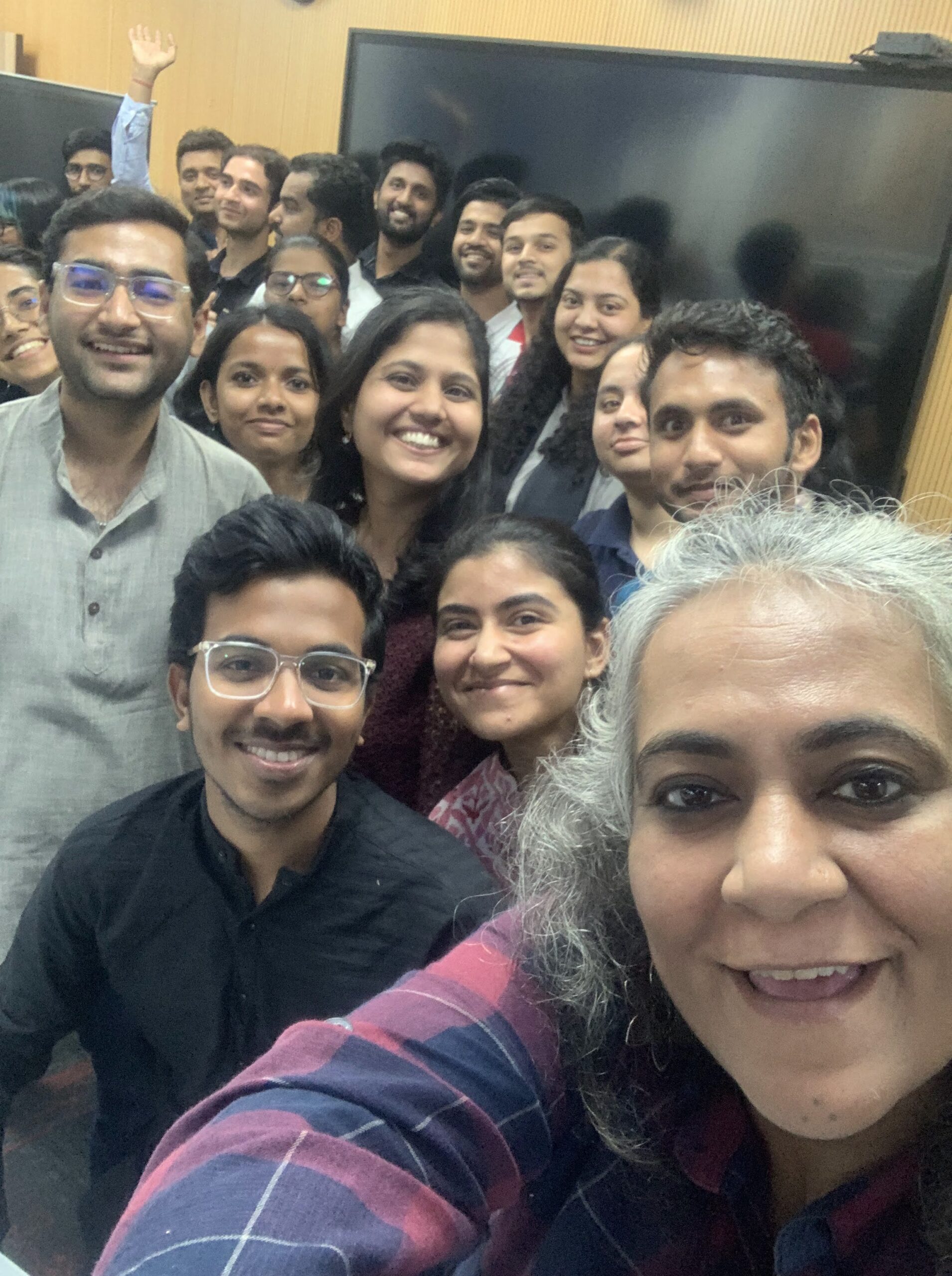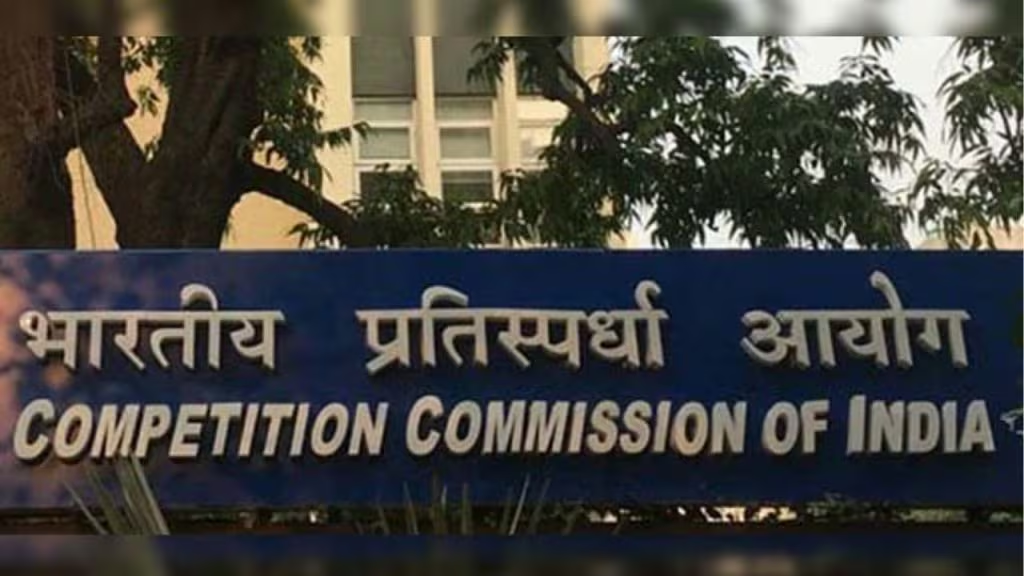My Takeaways from a workshop conducted by ISPP on more thoughtful policy.
- Policy research needs that personal initiative and has to be felt as well as logically done.
- The tenets of design thinking can be used in the design of policy. – notes below.
Interesting Links:
Technology and Competition: Why would we need non-standard tools for future policymaking?
Draft e-commerce policy – missing principles of Sound Public Policy
Future for Sustainable Regulations and Policies

Policy is a lot more than just rules, it’s a systemic change that involves many parameters.
Its about people at the core, communities and administration of large populace. About governing behaviour, but also about changing it at scale.
Thoughts:
People are connected, communities are complex interconnected ecosystems. Information flows in intricate patterns.
The flow of this information will affect the way in which policy changes the behaviour of people, just like in any system.
Can this flow be traced so that we can begin to explore possibilities that arise from implementation of policies?
Is there a standard shared understanding of how policy changes behaviour?
Policy for this new era should be simple, simple to understand, comply and scale.
Thoughts:
The easiest changes are those that are not felt, those with low cognitive load to the human mind.
- How can we lower the understanding load of policy?
- How can it be naturally understood by people who have to comply with it?
- How can it be easy to comply with so that people don’t have to think of it as a change in their lives?
- Policy has to scale so it has to be adaptable enough to fit into the varied hues of humankind
- It should understand human cognitive realities & use these as leverage points to help it scale organically.


The right policies can prevent and address the reign of fear for citizens and denizens.
Thoughts:
Fears do drive the design of policy today, especially tech policy. The judiciary and the government are currently not trained in technology and work from the point of view of fear.
A vicious cycle of fear and revolt is triggered
How can we integrate hope into it? How can we help policy navigate and shape technology rather than fearing it?
The era of the Anthropocene needs policies that ignite and work with (सच्चा स्वार्थ) the human tendency to put themselves first.
Thoughts:
The planetary systems work at scale because they are selfish systems that have safeguards to retain the balance of life within them. Not necessarily human life.
Capitalism always works because it leverages सच्चा स्वार्थ.
Systems that leverage the selfish nature of both the planet and its people are more likely to work than those who don’t.


The right policies need an expiry date, a time frame within which validity should be questioned.
Thoughts:
How will the expiry be determined?
What are the right parameters to be set so that the tipping point is recognised?
The metrics should be set so that the critical tipping points can be determined. Scale can be a trigger, as can technology, or connected laws and legislation. Can these be built into policies from the outset?
For the right policies to be made, the end outcome should be imagined.
The ideal world will determine the governance of the utopia. The vision should be clear.
Well designed outcomes support rationalised admin action and the application of informed prudence and wisdom to jurisprudence.
Thoughts:
The world can change in any direction. Happy, well adjusted futures should be imagined and integrated, but more importantly the dystopian futures need to be visualised clearly so that they can be prevented. Solve for each fear, design for every hope.
Are the hopes and fears of enough stakeholders taken into account? Is the data statistically significant enough to be democratic? Is the team multidisciplinary enough?
A preferable vision of the world in the 2030s told from the point of view of Sienna, a young girl living at an intersection of the future.
Sienna tales
Sienna Charter

Design thinking can humanise policy making to a large extent by making it more people centric, being data driven, taking emotions of people into account, bringing diverse perspectives to the table.
Thoughts:
Design thinking can also align people together towards a shared outcomes. Stakeholders who participate take more ownership in making the outcome a success. A fact.
How can we use the knowledge of outcomes in our policy design and communication?

4 Steps
Thoughts:
Policy research currently supports this to a large extent. However it misses out on evidence based policy making.
Although the current process takes into account technology and trends, and data around the existing behaviour and the barriers and motivations of people is not considered.
- Empathising with users: How? On the basis of research create a map that helps policy makers understand the users better.
2 Ideating: How? Getting many multi disciplinary minds together and bringing those ideas to the table.
It is important that many experts bring contrarian thinking to the table.
3.Testing: How? with policy sandboxes where government allows us to test policy at a smaller scale. .
4. Scale!

Additional Comments from a systems perspective:
- Policy used to be about systems comprising of people, mostly.
Today in the context of the 4th Industrial Revolution, it comprises of the intersection of the physical, technological as well as biological systems that are interwoven into people’s lives. - Policy is also about exploring the future, about negating the risks so that the probability of a safe future increases.
- Although this is a framework for human centric policy creation, not all aspects can be left to experimentation to evaluate. It also needs a structured process to evaluate policy from the angle of rights preservation, current laws and other dependencies on it working.
Building the future, a step at a time.
TechRegForum
Ekta is a prolific design thinker, system designer and future explorer. She speculates on future scenarios in episodes of Sienna Tales which she works back into policy with the Sienna Charter, a framework for building Data Privacy, Sharing & Monetisation in the new world.



